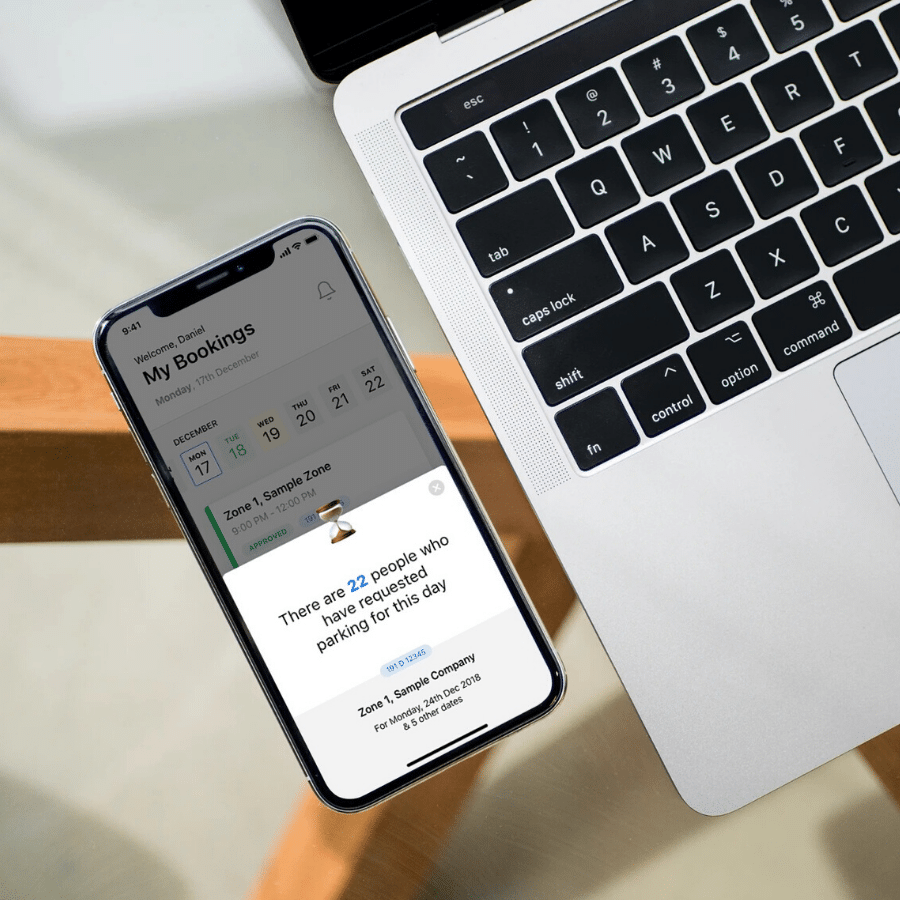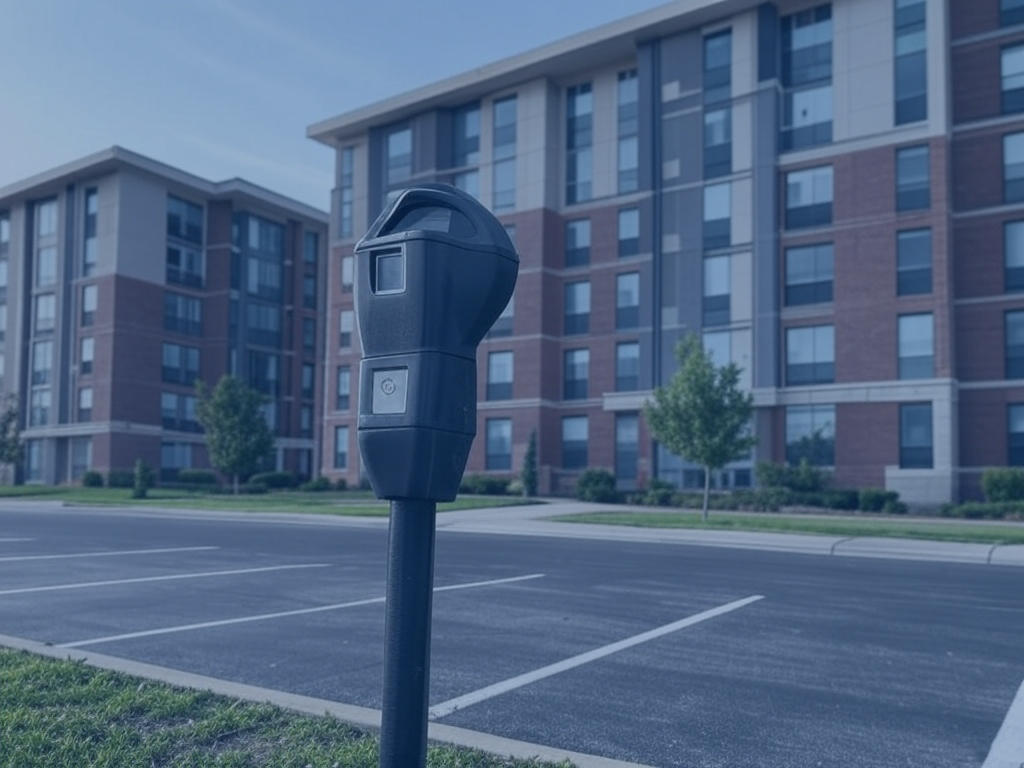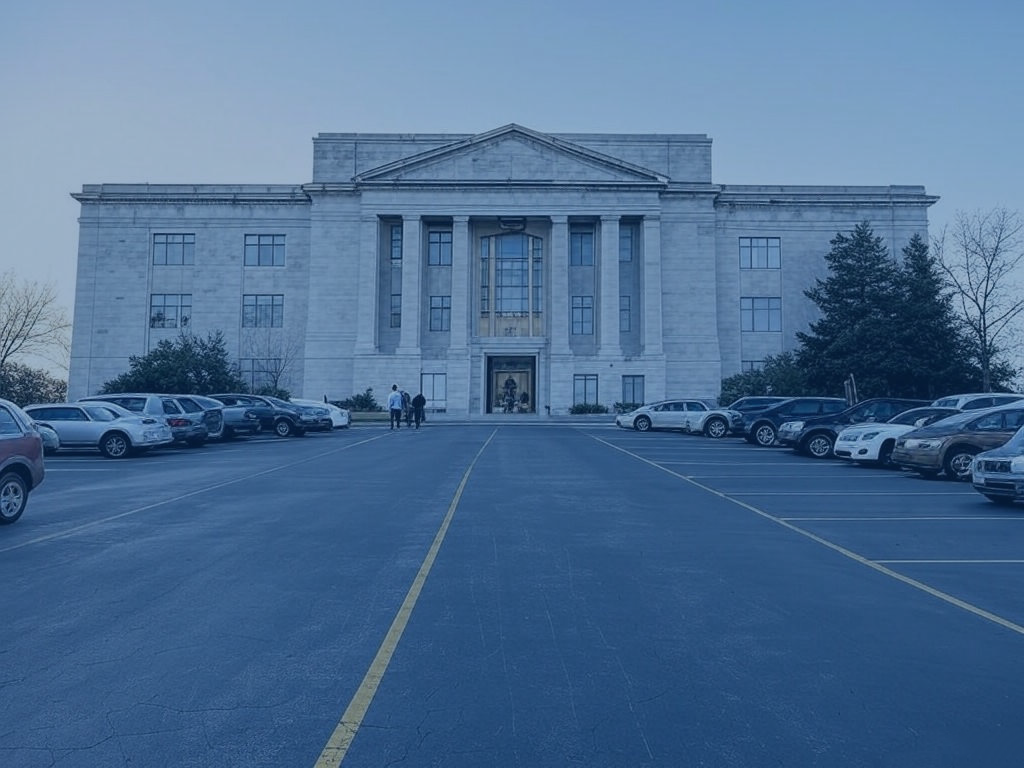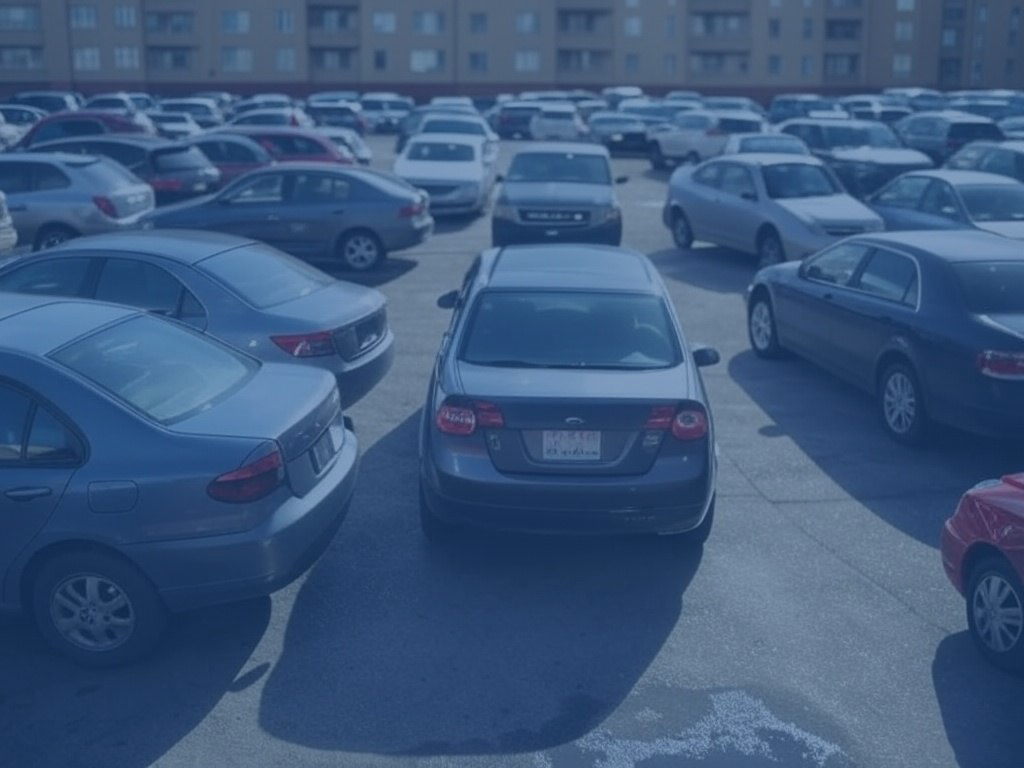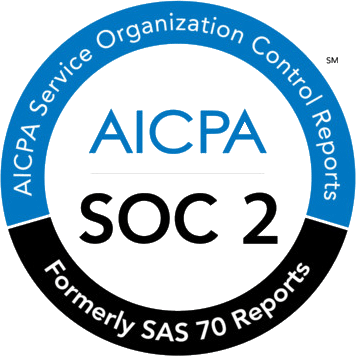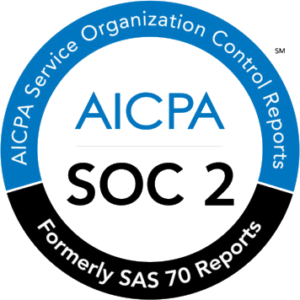Transportation Demand Management (TDM) also known Traffic Demand Management or Travel Demand Management is the name attributed to strategies and policies which reduce or redistribute travel demand.
TDM was first adopted by local governments to manage commuters in congested areas.
” TDM is now being rolled-out by leading employers as they embrace parking management, carpooling, vanpooling, shuttle buses, car sharing, bike sharing, emergency rides home and active travel in search of the solution to the ever-growing commuter chaos. “
In this blog, we bring you a comprehensive guide to Transportation Demand Management. Learn from companies like Netflix, Tesla and Amazon to make it easier for your staff to get to work.
Table of Contents
ToggleUnderstanding Employee Commuter Behaviour
When looking at the area of TDM transportation, start by understanding your office. Before developing a Transportation Demand Management Plan, figure out how people are commuting. Measure the impact this is currently having on your business.
A commuter survey is your key tool here. This is a piece of employee engagement research. All staff are asked to outline their current attitudes and behaviours around commuting. The results will form the basis of many decisions your company will make.
” It’s important to get an understanding of how people are getting to work. All research should also look at impact on work effectiveness and happiness levels. “
You should also be cognizant of any targets or commitments your company has made. For example if you have sustainability goals, think about how commuting impacts this.
Once you’ve got a grasp of your business, it’s time to start working throught the key travel demand strategies. There are lots of approaches which will benefit your business. Here we’ve outlined how to tackle each category.
Parking Management
With over 70% of Americans driving to work alone, driving is the largest commuter method. Parking management has traditionally been over-complicated. Companies built complex manual processes to manage parking demand.
” The good news is that technology is making it easier than ever to streamline parking. Often reducing car usage all together. “
When you are looking at parking it is important to start by identifying your current problem.
- Do you have too few spaces?
- Do you have too many spaces?
- Do you struggle to forecast daily parking requirements?
- Is your parking too concentrated resulting in congestion around car parks?
- Do you struggle to direct traffic to different car parks?
Then you need to figure out your ideal solution:
- Are you looking to reduce the cost of parking facilities for your company?
- Are you looking to decrease traffic around the office?
- Do you need to eliminate the impact of rogue parkers in the local community?
- Are you looking to reduce the amount of motorists driving to work each day?
Revamp your commuting & transportation operations
Find out how Wayleadr can help you optimize transportation operations and reduce transportation-related issues
Get a DemoYou are not alone in experiencing parking problems. Industry has been responding with some great solutions. The growth of employee parking management software like Wayleadr has opened up exciting new possibilities for companies.
CASE STUDY: Reducing Costs & Reducing Journeys Like Colliers International
Let’s take Colliers International for example. Parking was constantly a problem for Colliers International at their Dublin office.
They had a set amount of spaces which were designated to key staff. A number of other staff were advised to park on-street close to the office and expense the cost back to the company.
The problems were clear. The designated spaces were under-utilised. Key staff were spending up to 40% of their time away from the office.
Other staff who were parking close to the office at considerable expense to the company. Not to mention their impact on congestion around the office. A person without a guaranteed parking space spends an average of 6 minutes extra in the car each journey looking for somewhere to park.
Colliers have a city center location and a complex set of one way streets close to their office. This meant staff were spending large amounts of time in traffic looking for parking. This was frustrating for staff. All workers would prefer to be in the office than compounding local traffic issues.
Colliers International rolled out Wayleadr among all motorists. This allowed them to optimise and automate all aspects of parking management. Wayleadr monitored staff usage of on-site spaces. When these spaces were due to be empty they were automatically allocated to other staff who had traditionally been parking off-site.
” Wayleadr allowed Colliers International to decrease their parking expenditure, increase efficiency of their existing real estate assets and reduce contribution to local congestion. “
By using Wayleadr to improve communication around parking availability, Colliers reduced the amount of people who were driving to work. Staff now drove to work when they were guaranteed a space. On the days when this wasn’t available they found out in plenty of time, allowing them to plan ahead. This resulted in an increase of alternate transport usage.
Speaking about the impact of Wayleadr, Colliers International Commercial Director Nick Coveney remarked “The Wayleadr solution represented a saving to us of at least €15K per year. Not only that, it encourages more of our team to plan effectively, and to use public transport more often, which is of course a greener and more effective solution.”
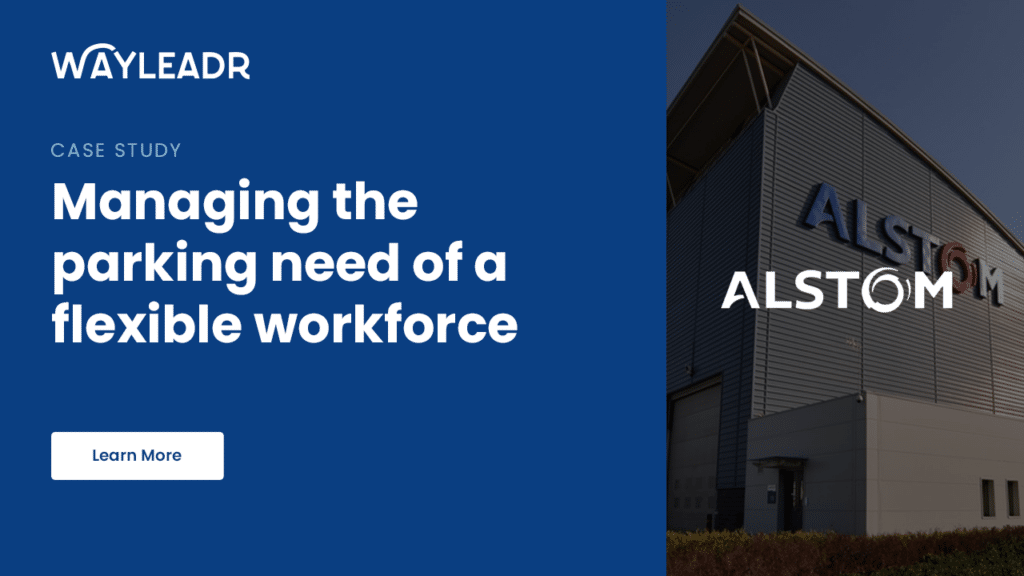
Carpooling
Carpooling is a popular solution for companies looking to reduce single car journeys. Many companies are hesitant to introduce carpooling initiatives. Carpooling can carry administrative burden and traditionally had low takeup.
Improvements in technology and emergency ride home schemes are making carpooling more accessible.
Rolling out a carpooling scheme within a company at scale can be done in a number of ways. Smaller companies can organise it around the canteen table. Bigger companies look to the likes of Wunder Mobility who are trusted by Lufthansa and Toyota or Scoop who work with LinkedIn & Workday.
Revamp your commuting & transportation operations
Find out how Wayleadr can help you optimize transportation operations and reduce transportation-related issues
Get a DemoResearch shows that the bigger your office, the larger the likelihood that carpooling will work. This makes sense as the more people who are travelling to and from the office, the larger likelihood that journey patterns will be replicated.
” Carpooling comes with a massive amount of benefits. It empowers companies to reduce car usage and emissions. It promotes a sense of community which can be key to retaining talent. “
Incentivising carpooling can come with certain challenges. Many companies provide guaranteed access to prime parking spaces for carpoolers. Other businesses go a step further by even providing company vehicles.
A big drawback of carpooling has been people’s lack of control over their workday. Let’s say you are due to get a ride home off a colleague at 5.30pm but a last minute issue pops up which sees you working until 8pm, how are you going to get home? If you are left stranded will you ever carpool again.
This is why we are seeing the roll-out of emergency ride home initiatives. An emergency ride home scheme is there to give employees a safety net.
If you miss out on your carpool home you can just hail a taxi and the company will cover the cost of your taxi home. Companies administer emergency ride home schemes in different ways. Some companies will place a cap on the amount of rides you can take a year. Others will place an annual budget against this.
While emergency ride homes can be expensive, the costs tend to dwarf when stacked against the benefits. They are a key tool for companies who wish to diversify their commuter patterns. While giving employees the confidence they will always find a way home.
Vanpooling
Some commuters not happy with carpools are moving towards vanpooling. This is where a group of 5 to 15 people who share similar journey routes commute together in a van or an SUV.
Often times the van is leased and paid for by the riders. The primary driver will tend to assume the role of leaseholder. The lease is typically paid on a monthly basis. Options for longer-term are available for companies who want to reduce costs.
A great thing about vanpools is they are a lot more effective than carpools at reducing car journeys. They are able to accommodate a lot more people. Drivers frequently can use priority traffic lanes for motorists with lots of passengers.
Vanpools can be pricey with costs coming in at up to $120 a month. Many companies are choosing to subsidise these costs for employees. While some local governments in the USA particularly around Silicon Valley have started to subsidise.
Companies looking for solutions around vanpooling software should check out RideAmigos. They are trusted by leading companies like TOMS & Patagonia as well as a number of leading universities.
Shuttle Buses
Last mile congestion is a real issue for many companies. Think about it. You have thousands of staff arriving at a campus within a short timeframe. Factor in limited parking facilities and a small number of entrances and exits. This is can be compounded if offices are located in a densely populated area.
” Shuttle buses are becoming part of the solution for large companies. They provide companies with a viable way to tackle last mile traffic problems. “
When implemented and operated properly shuttle buses show massive benefits. They reduce the cost of commuting for both companies and employees. They also bring knock-on benefits for employee retention and sustainability goals.
Shuttle buses operations are nothing new in the travel demand management sector. Traditionally companies and business parks scheduled buses for key times and these were used to ferry employees in and out of the office.
A complaint from employees often focused around the rigidness of the schedules. While employers were left footing the bill for buses regardless of whether they were full or not.
Luckily emerging technology players like FlexiGo are streamlining this process for companies. By monitoring commuter demand in real-time, FlexiGo can dynamically route shuttle buses. This helps client companies ensure maximum efficiency. This responsive approach to shuttle buses is already being rolled out by leading employers such as BNP Paribas.
Carsharing
” Large amounts of commuters drive to work as they may need their car during the day for work purposes. Many of these commuters live very close to the office and could travel in a range of other ways. “
Companies are increasingly looking towards car-sharing to mitigate this style of commuting. There are two options in this space.
Firstly, large car rental companies such as Europcar have been quick to recognise the need for broader options in this space. They have rolled out initiatives like Europcarfleet Car Sharing. This offers keyless, fixed price solutions for companies. Basically companies bring shared cars on-site to use for deliveries, meetings etc.
The second option is in more of a state of infancy. Technology start-ups like Fleet are helping employers to identify employee cars which can be used during the working day. Companies then incentivise employees to make their cars available to colleagues. This makes it easier for employees to leave their own cars at home.
Active Travel
All travel demand management measures will include a focus on active travel. Active travel the name given to walking, cycling, running or any other form of physical travel in and out of the office. Ultimately encouraging active travel comes down to two key things.
Firstly, location is key here. If a large amount of employees live close by this could easily become your key travel method. However, if your office is in a remote area, emphasising on active travel will not reap dividends.
” If you feel you are underperforming in this area – you need to have a look at infrastructure and incentives. “
Do you have sufficient space for people to shower and change after they’ve worked up a sweat on the way to the office? Do you have personal lockers and secure bicycle racks which people can use? Do you offer bike to work schemes where you will subsidise or purchase bicycles for employees who regularly cycle to work?
Public Transportation
With transit demand management, public transport is the one area which has the most potential to shift the dial for employers. The frustration is that a company has little control over local public transport.
Large scale employers and employers groups can lobby for new bus lines and upgraded infrastructure. The pace of change can be slow. You are very much left to make the best out of the network that is available to you and your company.
Local governments around the world are rolling out their responses in this area to try make scheduling and payment easier for commuters. However, there has been no unifying technological disruptor as of yet.
” The best advice is to ensure that you have a robust commuter subsidies scheme. Company top-ups are worth investigating if you are really looking to incentivise. “
It’s also worth keeping an eye on the space of commuter gamification. Companies like Incentrip are starting to explore this space. Basically commuter gamification sees companies given rewards based on good commuter behaviour.
Commuter Subsidies
Once you’ve identified the key drivers for change in managing your transportation demand, it’s time to have a look at local commuter subsidies and benefits.
These vary greatly from country to country. In the USA for example there is a robust program of commuter ordinance benefits across many cities. Participating cities include New York City, San Francisco Bay Area, Seattle, Berkeley & Richmond, CA to name but a few cities.
The commuter ordinance benefits program is a tax relief scheme which allows staff to avail of commuter reimbursements based on their travel choices. Pre-tax commuter benefits of up to $270 per month are available for companies.
” This allows businesses to incentivize travel habits across public transport, parking, vanpools, ridesharing etc. “
Companies sign up en masse for these schemes as they offer great cost savings for staff and play a key role in increasing employee satisfaction. Companies can manage the programs through technology providers such as Commuter Benefits whose clients include VMWare and Boeing or Luum Benefits which is trusted by Expedia and Microsoft among others.
Other schemes operate in other countries and cities across the world. It is worth spending some time to figure out what relief and solutions are available in your region.
Build Your Travel Demand Strategy
Once you’ve worked your way through existing behaviour, transport methods and their respective drivers for change and you’ve investigated commuter subsidies to help accelerate this change, it’s time to pull everything together in an easy to digest “Travel Demand Strategy”.
This will become a key document for you to build internal buy-in and drive the change your company desires.
Revamp your commuting & transportation operations
Find out how Wayleadr can help you optimize transportation operations and reduce transportation-related issues
Get a Demo